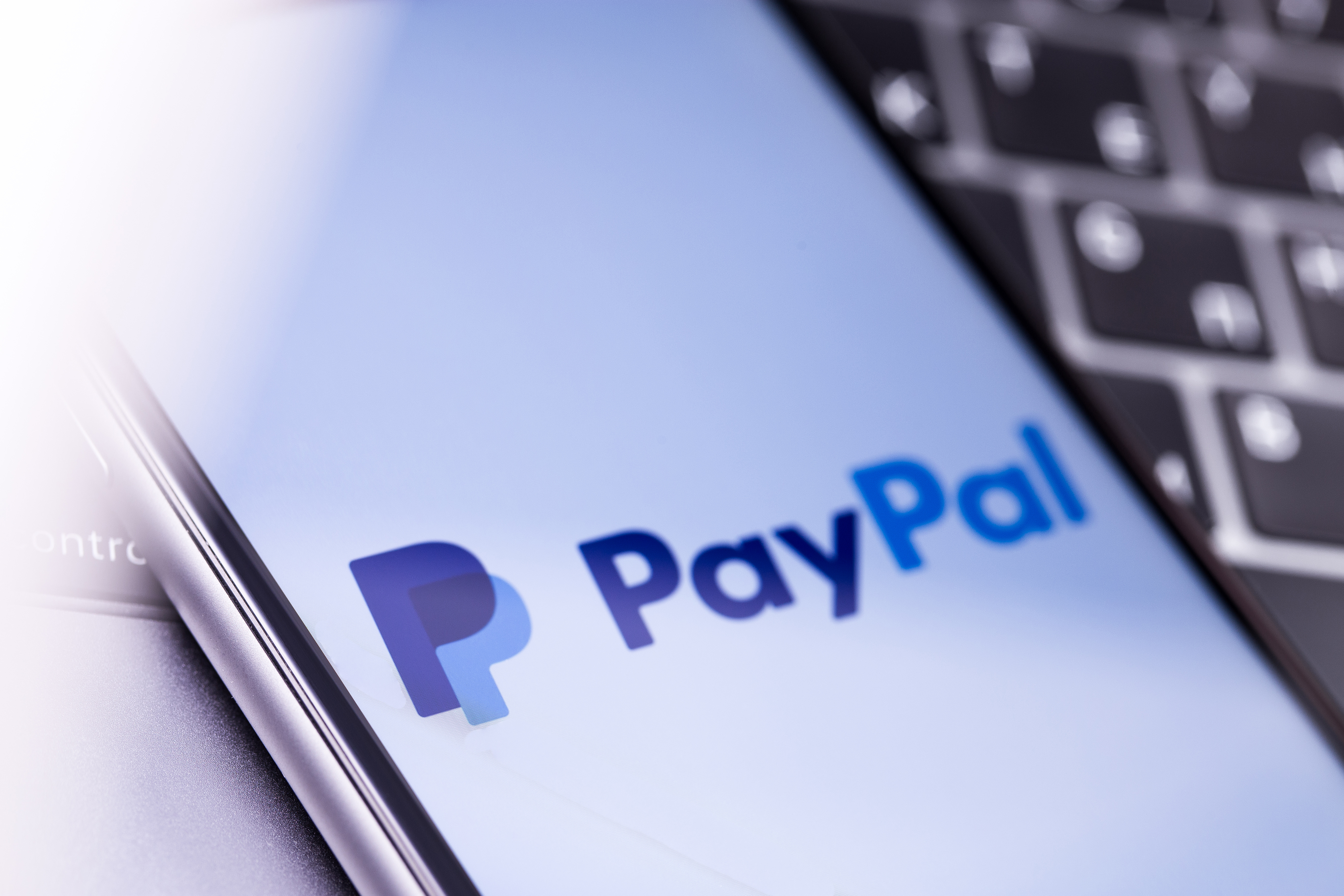Global Payment Firm PayPal Launches Crypto Stablecoin – How Does it Work?

Global digital payments giant PayPal Holdings Inc. is stepping into the stablecoin market.
The fintech behemoth, which was founded more than 25 years ago, is set to become the first major financial institution to launch its own US dollar-backed stablecoin, which will be called PayPal USD (PYUSD).
The stablecoin is going to be issued by Paxos Trust Co. and will be fully backed by US dollar bank deposits and other liquid equivalents, such as short-term treasuries.
PayPal first made moves into crypto back in 2020, when it began allowing users to easily buy coins like Bitcoin (BTC), Litecoin (LTC) and Ether (ETH).
It now manages about $1 billion worth of crypto.
PayPal’s move to enter the stablecoin market is a big boost for the up-until-now sluggish adoption of stablecoins, given the platform boasts a whopping 431 million userbase.
Up until now, stablecoins remain mostly used by cryptocurrency speculators as a stable digital asset to hold between trades, or as a stable digital asset for moving value between wallets/exchanges.
Stablecoins haven’t yet been able to make much inroads into everyday payments.
But PayPal is hoping to change this.
PayPal USD (PYUSD) – How Does It Work?
PayPal USD, which is designed to be redeemable for actual US dollars at any time, will be usable to fund purchases on the PayPal platform, as well as on PayPal’s alternative and very popular payments app Venmo.
Users will be able to seamlessly move PYUSD between their PayPal and Venmo wallets, as well as to wallets outside of PayPal’s ecosystem of platforms.
Initially, PayPal expects PYUSD to be used within web3, but the platform hopes that the stablecoin will quickly achieve broader societal adoption, such as for remittances and small payments.
In September, PayPal will begin publishing months reports detailing the assets that back PYUSD, in order to avoid any possible controversy that the token might not be adequately backed.
PayPal Making Moves as US Stablecoin Regulation Nears
PayPal is making moves into the stablecoin market in anticipation that this sector of the crypto market will soon benefit from regulatory clarity in the US.
A Republican-backed stablecoin bill recently cleared the House Financial Services Committee and will soon face a vote on the House floor, the furthest any such legislation has ever gotten.
However, the bill may not progress any further given a lack of bipartisan support.
House Financial Services Committee Chair Patrick McHenry, a Republican who has been strongly pushing for stablecoin legislation, responded to the news of PayPal’s stablecoin launch via a statement by reiterating his belief that “stablecoins — if issued under a clear regulatory framework — hold promise”.
“Clear regulations and robust consumer protections are essential to enabling stablecoins to achieve their full potential,” McHenry said.
Clear regulations would potentially be another giant step forward for the stablecoin market, which, up until now, has been marred by controversy that has dented investor confidence in the product.
Despite efforts to increase transparency about its reserves, Tether, the issuer of the most widely used stablecoin USDT, continues to face FUD that its token might not be sufficiently backed.
Meanwhile, the dramatic collapse of web3 ecosystem Terra’s UST algorithmic stablecoin last year cost retail investors billions.








